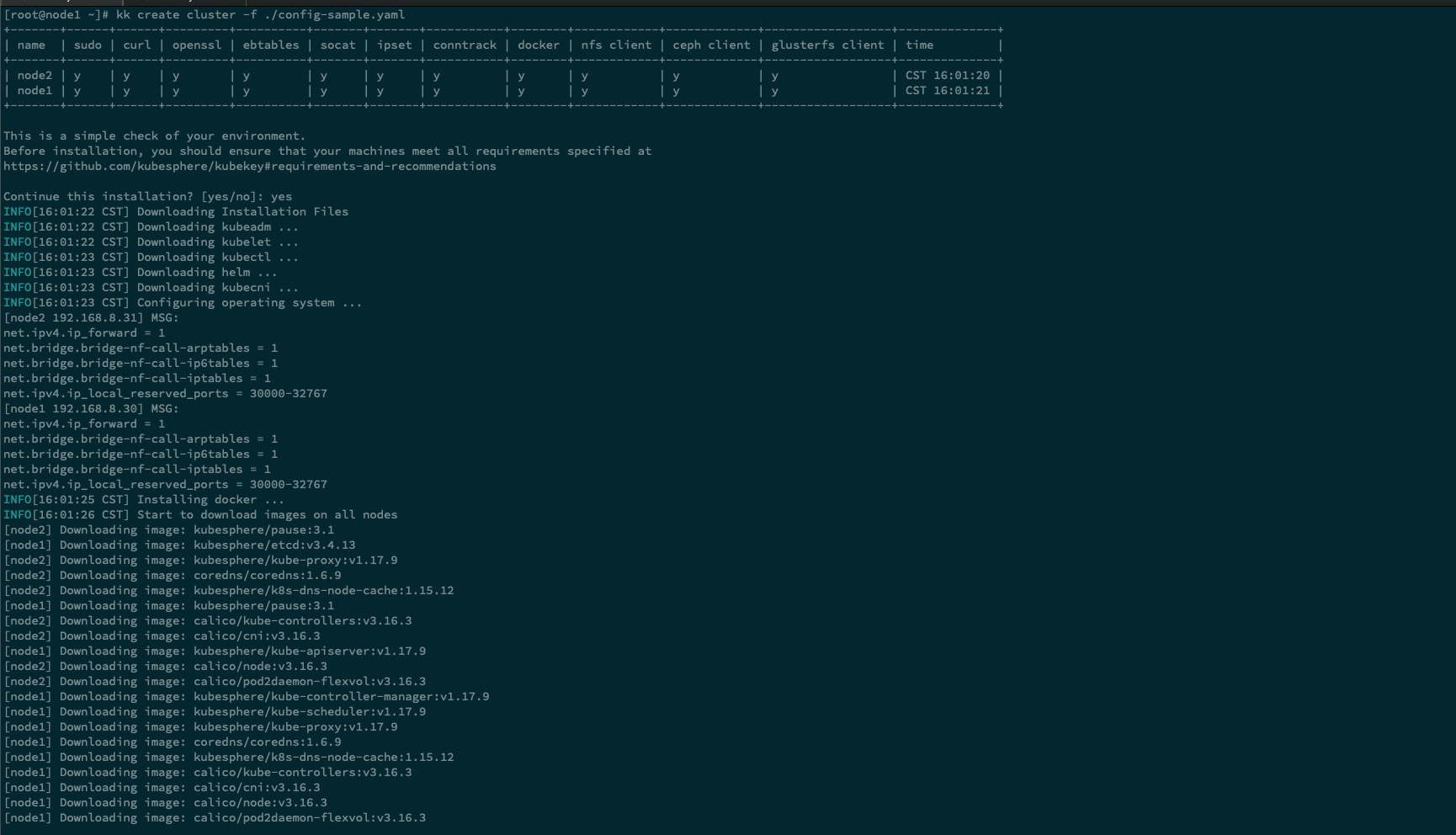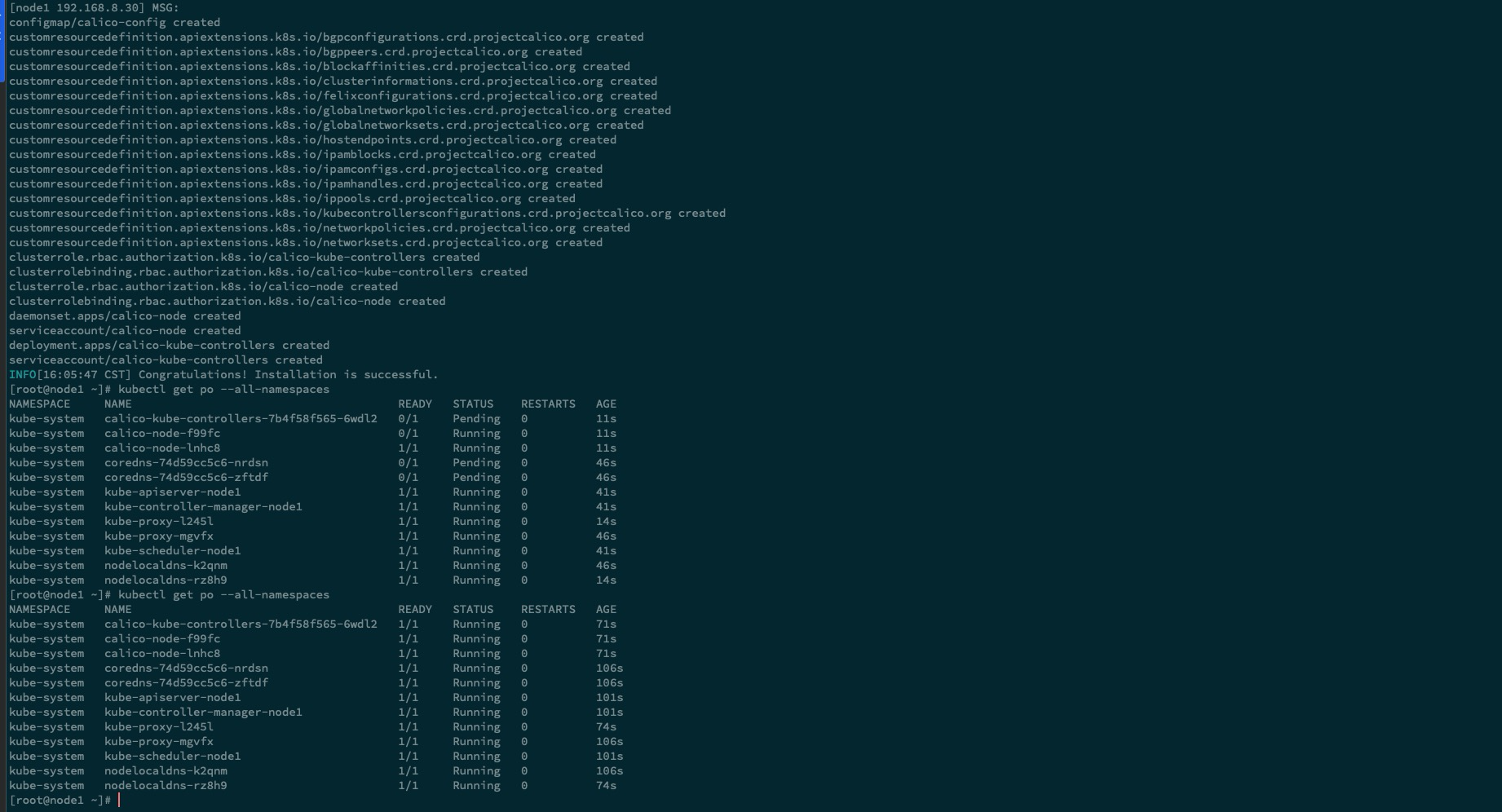1
2
3
4
5
6
7
8
9
10
11
12
13
14
15
16
17
18
19
20
21
22
23
24
25
26
27
28
29
30
31
32
33
34
35
36
37
38
39
40
41
42
43
44
45
46
47
48
49
50
51
52
53
54
55
56
57
58
59
60
61
62
63
64
65
66
67
68
69
70
71
72
73
74
75
76
77
78
79
80
81
82
83
84
85
86
87
88
89
90
91
92
93
94
95
96
97
98
99
100
101
102
103
104
105
106
|
cat nginx.conf
user nginx nginx;
worker_processes auto;
error_log /data/wwwlogs/error_nginx.log crit;
pid /var/run/nginx.pid;
worker_rlimit_nofile 51200;
load_module "/usr/lib64/nginx/modules/ngx_stream_module.so";
events {
use epoll;
worker_connections 51200;
multi_accept on;
}
http {
include mime.types;
default_type application/octet-stream;
server_names_hash_bucket_size 128;
client_header_buffer_size 32k;
large_client_header_buffers 4 32k;
client_max_body_size 1024m;
client_body_buffer_size 10m;
sendfile on;
tcp_nopush on;
keepalive_timeout 120;
server_tokens off;
tcp_nodelay on;
fastcgi_connect_timeout 300;
fastcgi_send_timeout 300;
fastcgi_read_timeout 300;
fastcgi_buffer_size 64k;
fastcgi_buffers 4 64k;
fastcgi_busy_buffers_size 128k;
fastcgi_temp_file_write_size 128k;
fastcgi_intercept_errors on;
#Gzip Compression
gzip on;
gzip_buffers 16 8k;
gzip_comp_level 6;
gzip_http_version 1.1;
gzip_min_length 256;
gzip_proxied any;
gzip_vary on;
gzip_types
text/xml application/xml application/atom+xml application/rss+xml application/xhtml+xml image/svg+xml
text/javascript application/javascript application/x-javascript
text/x-json application/json application/x-web-app-manifest+json
text/css text/plain text/x-component
font/opentype application/x-font-ttf application/vnd.ms-fontobject
image/x-icon;
gzip_disable "MSIE [1-6]\.(?!.*SV1)";
##Brotli Compression
#brotli on;
#brotli_comp_level 6;
#brotli_types text/plain text/css application/json application/x-javascript text/xml application/xml application/xml+rss text/javascript application/javascript image/svg+xml;
##If you have a lot of static files to serve through Nginx then caching of the files' metadata (not the actual files' contents) can save some latency.
#open_file_cache max=1000 inactive=20s;
#open_file_cache_valid 30s;
#open_file_cache_min_uses 2;
#open_file_cache_errors on;
######################## default ############################
include vhost/*.conf;
}
stream {
upstream kubekey_apiserver {
least_conn;
server 192.168.8.30:6443 max_fails=3 fail_timeout=5s;
server 192.168.8.32:6443 max_fails=3 fail_timeout=5s;
}
server {
listen 6443;
proxy_pass kubekey_apiserver;
}
}
mkdir -p /data/wwwlogs/ \
&& chmod 777 -R /data/wwwlogs/ # 创建日志目录
nginx -t # 检查配置文件
nginx: the configuration file /etc/nginx/nginx.conf syntax is ok
nginx: configuration file /etc/nginx/nginx.conf test is successful
sed -i 's#SELINUX=enforcing#SELINUX=disabled#g' /etc/selinux/config # 关闭 selinux,防止启动报错
grep -i ^selinux= /etc/selinux/config
setenforce 0
getenforce
service firewalld stop \
&& systemctl disable firewalld # 关闭防火墙
service nginx start \
&& systemctl enable nginx # 启动 nginx 并设置开机自启
ss -lntp|grep ":6443" # 检查端口
LISTEN 0 128 *:6443 *:* users:(("nginx",pid=8513,fd=5),("nginx",pid=8512,fd=5),("nginx",pid=8511,fd=5),("nginx",pid=8510,fd=5),("nginx",pid=8509,fd=5),("nginx",pid=8508,fd=5),("nginx",pid=8507,fd=5),("nginx",pid=8506,fd=5),("nginx",pid=8495,fd=5))
|






